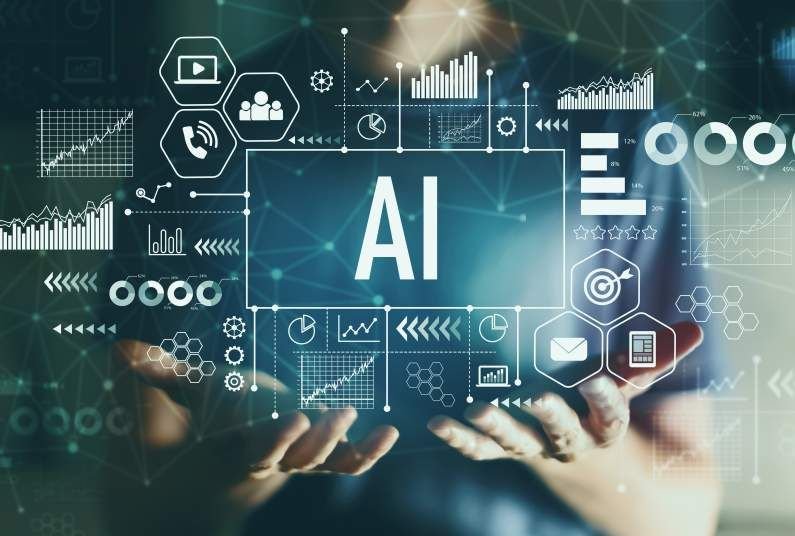The relationship between AI and language is multifaceted and rapidly evolving. AI, particularly in the form of natural language processing (NLP) and natural language understanding (NLU), has made significant advancements in understanding and generating human language. Some key aspects of AI and language include:
- Language Understanding: AI can analyze and understand human language in various forms, including text and speech. This ability is used in applications like virtual assistants, chatbots, and language translation services.
- Language Generation: AI can generate human-like language, often indistinguishable from text written by humans. This is used in applications like content generation, automated journalism, and dialogue systems.
- Language Translation: AI has greatly improved the accuracy and efficiency of language translation. Neural machine translation models have significantly reduced the language barrier in communication.
- Sentiment Analysis: AI can analyze the sentiment expressed in text, helping businesses understand customer feedback and sentiment towards their products or services.
- Language Learning: AI-powered tools can assist in language learning by providing personalized learning experiences, feedback on pronunciation, and grammar correction.
- Content Categorization: AI can categorize and organize large amounts of text-based content, making it easier to search and access relevant information.
- Language Preservation: AI is being used to preserve and revitalize endangered languages by creating digital archives and assisting in language documentation efforts.
Overall, AI has revolutionized the way we interact with and use language, opening up new possibilities for communication, creativity, and understanding across different cultures and languages.
